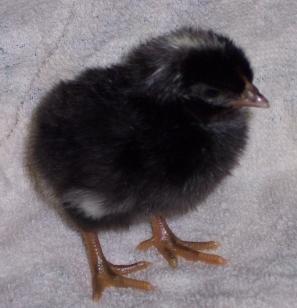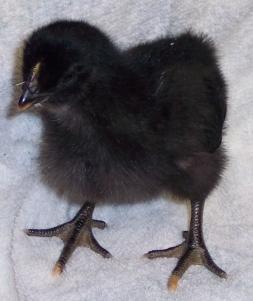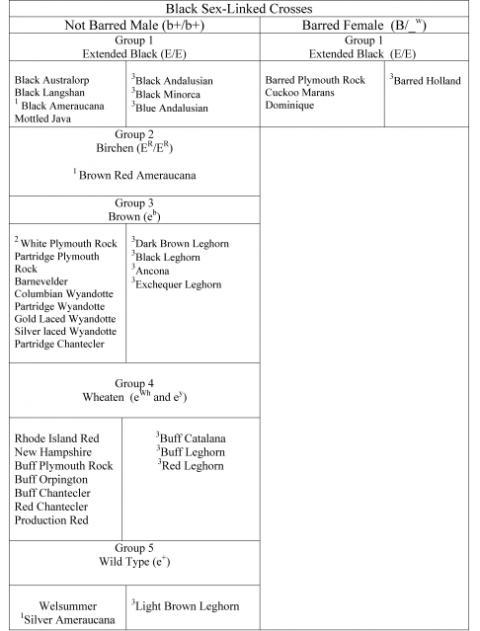Chickooster
Chirping
- Mar 7, 2017
- 59
- 16
- 61
Hello. I was wondering if I can develop or obtain a Barred Silkie mix. After viewing a few pictures I started to grow fond of them. I currently have a female Barred Rock/Cochin and several Silkies of different colors. Thank You










